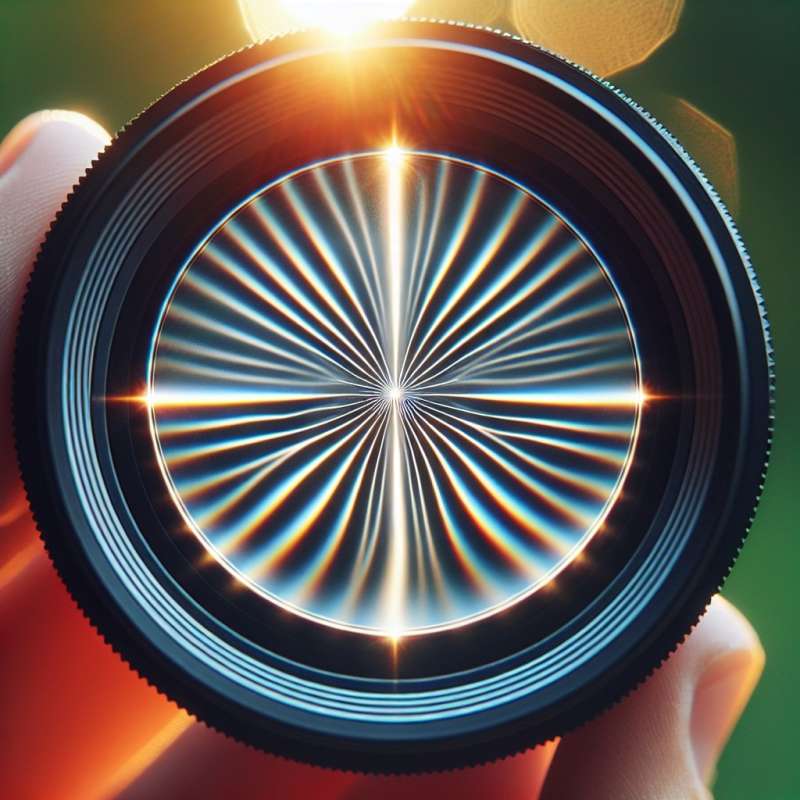
Understanding Aperture Fundamentals
Aperture refers to the lens diaphragm opening inside a camera. It's measured in f-stops. The lower the f-stop number, the wider the aperture, allowing more light to enter the camera.
Aperture's Role in Exposure
Aperture is a critical component of the exposure triangle, which also includes shutter speed and ISO. Adjusting the aperture influences the overall exposure and brightness of a photograph.
Depth of Field Dynamics
A wide aperture (low f-stop) creates a shallow depth of field, rendering backgrounds softly focused. A narrow aperture (high f-stop) delivers a deep depth of field, keeping more of the scene sharp.
Aperture's Impact on Bokeh
Bokeh is the aesthetic quality of out-of-focus areas in a photo. Wider apertures produce a more pronounced and smoother bokeh, often desired in portrait photography for a creamy background.
Diffraction and Small Apertures
At very small apertures, light diffracts around the blades of the diaphragm, potentially reducing image sharpness. This optical effect is known as diffraction softening and becomes noticeable at high f-stop values.
Aperture Priority Mode
Many cameras offer Aperture Priority mode, allowing photographers to select the aperture while the camera automatically adjusts the shutter speed for correct exposure. It's ideal for controlling depth of field.
Historical Aperture Innovations
The earliest cameras had fixed apertures, often simple pinholes. The invention of adjustable apertures revolutionized photography by providing control over depth of field and exposure, enhancing creative possibilities.
What does aperture measure in?
Inches of lens diameter
F-stops
Millimeters of focal length
Company